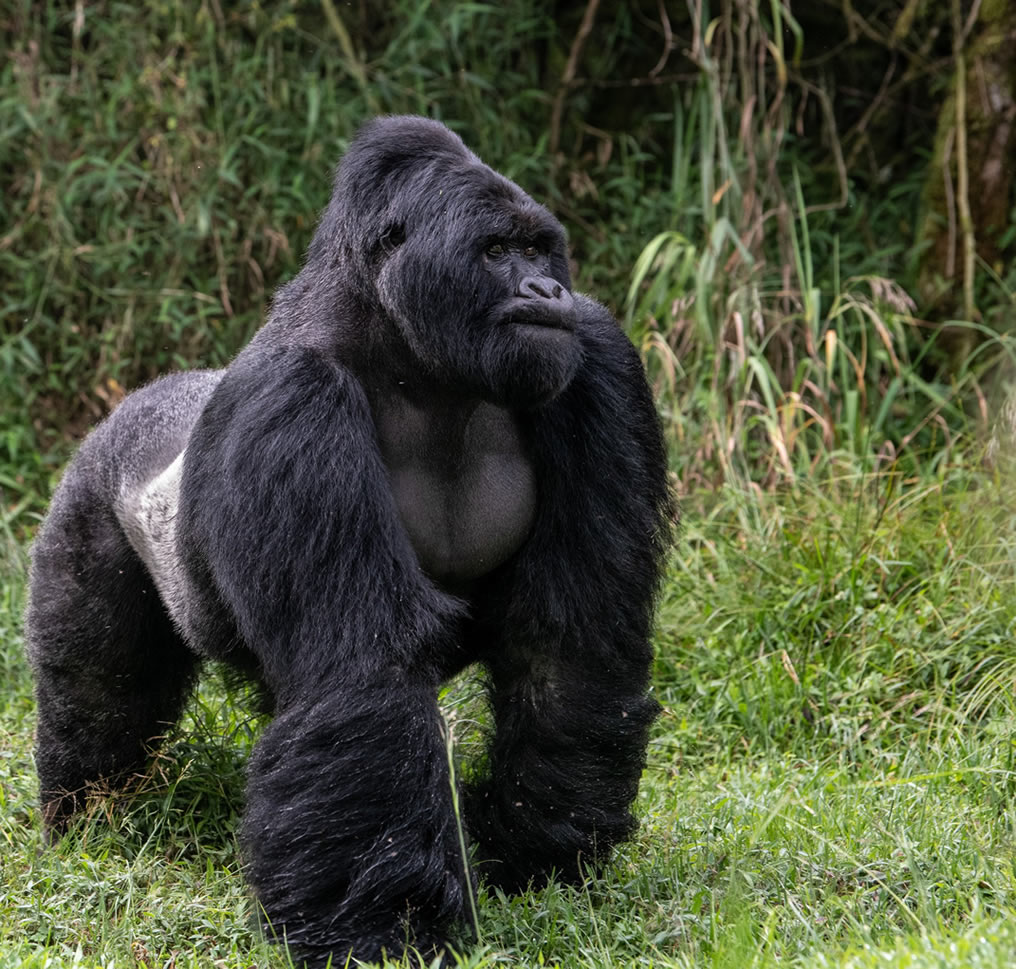
The Gorilla Habituation Experience on a Uganda Safari
Gorilla Habituation Experience in Uganda

The Gorilla Habituation Experience on a Uganda Safari- Bwindi Impenetrable Forest National Park gives you the chance to spend 4 hours in the company of the Mountain Gorillas in Uganda’s Bwindi Impenetrable National Park. You’ll trek into the forest alongside park rangers – blazing a trail through the wilder sides of the forest – in search for gorilla families.
The habituation trek is noticeably more difficult than a standard gorilla trek on your Uganda safari. Particularly important are gloves, boots, gators, durable and waterproof pants/trousers and jackets. You need a good level of fitness, agility, and flexibility. You’ll be jumping streams, climbing steep, mossy slopes, and ducking and diving away from foliage in all directions.
Habituating the Mountain Gorillas on your Uganda safari.
Uganda is home to approximately half of the world’s endangered mountain gorilla population, and gorilla trekking in Uganda is one of the most incredible wildlife experiences on the continent.
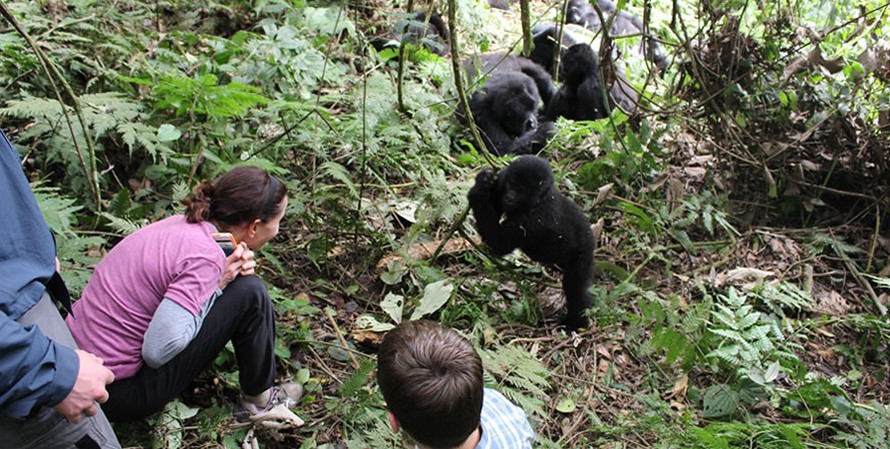
Standard gorilla treks give you the chance to spend up to one hour in the company of the gorillas in their natural habitat. This has also been made possible by gently introducing the gorillas to human presence, a process that takes between 2 and 5 years. This is essential for the continued research, care and conservation of the gorillas.
For those wishing to take a more active role in the protection and understanding of these gentle giants while on your gorilla habituation safari in Uganda, you can join the rangers and conservationists in the habituation process of two more gorilla families in the Bwindi Impenetrable Forest.
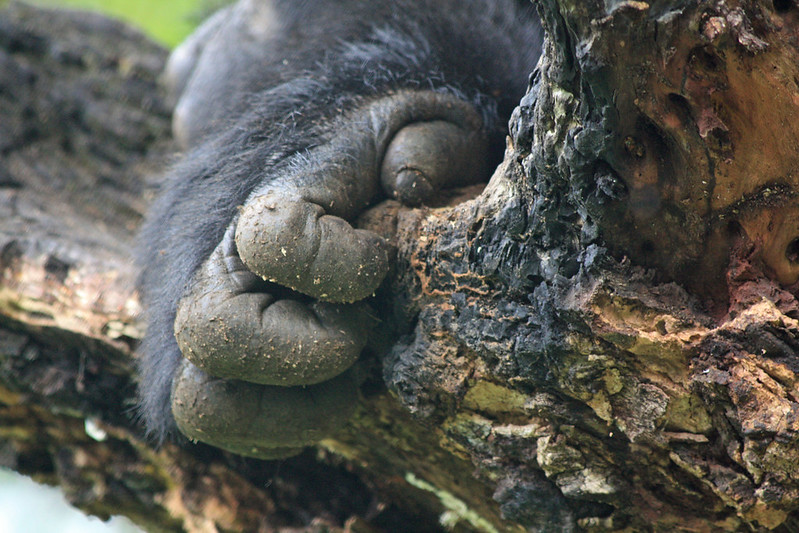
During a habituation trek, you can spend up to 4 magical hours with these highly intelligent and emotional animals on your Uganda gorilla habituation safari.
It is an incredibly humbling experience, and the habituation process is fundamental to the continued protection of the gorillas.

Gorilla Trekking vs Gorilla Habituation Experience on your safari in Uganda
A standard gorilla trek in Uganda involves hiking through dense forests in search of habituated gorilla families, and then spending up to an hour observing the group.
By contrast, the gorilla habituation experience involves spending four hours with a group of gorillas and is only available in the Rushaga sector in the southern part of Bwindi Impenetrable National Park.
A standard gorilla trekking permit costs $700, while the gorilla habituation experience costs $1,500 at the time of writing.
The gorillas observed during the habituation experience are less used to humans than those seen on the standard gorilla treks (they are still being ‘habituated’). The experience is still completely safe, and the benefit of spending more time with gorillas is that you can better understand their behaviors and social dynamics, as well as get incredible photographs, without being rushed.
Arranging permits, finding the right accommodation for your trekking route, and organizing travel to and from can be a complicated process. Let Pamoja Tours and Travel take care of that for you, so all you have to do is get excited about your once in a lifetime adventure.
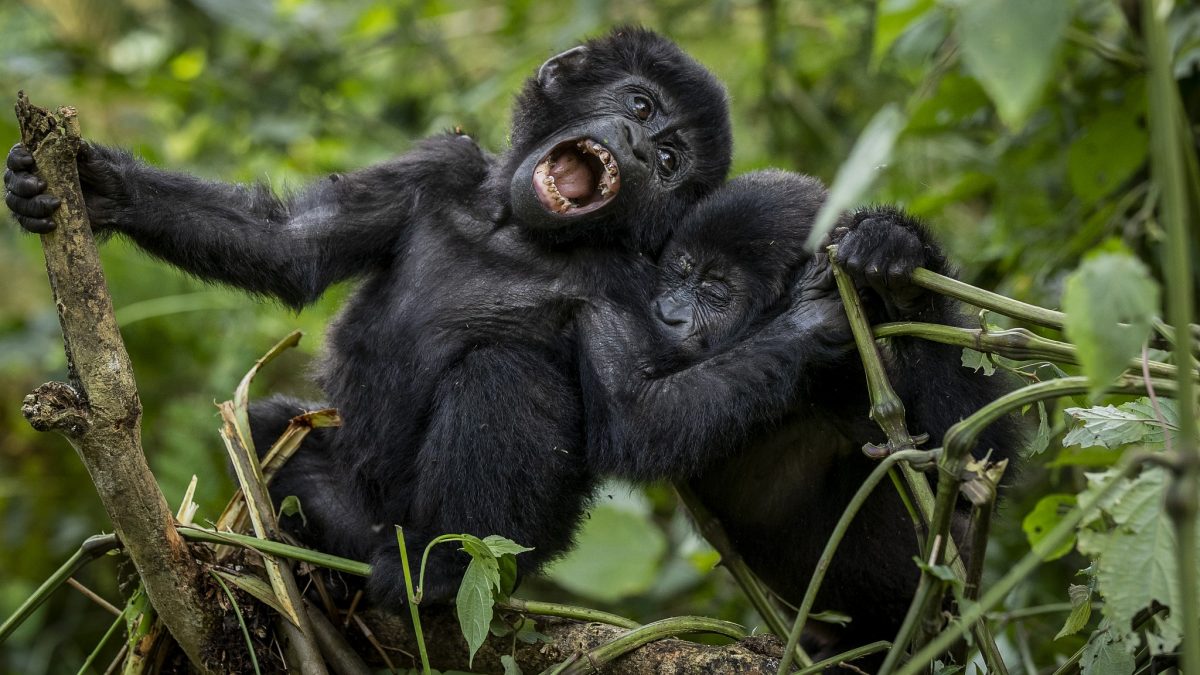
A Typical Day on a Gorilla Habituation Trek
The first part of any gorilla excursion in Uganda is a (sometimes lengthy) trek into the forest with an expert team of guides and scouts, looking for tracks left by the gorillas.
The strongest clue that you’re near a group is finding the gorilla’s ‘nest’ from the previous night. It can take up to 6 hours or more to locate a gorilla family.
Once contact is made, you can spend up to 4 hours with the gorillas. A habituation experience gives you an insight into the lives of these amazing animals that few get to experience.
It’s important to be aware that for us humans with short attention spans, 4 hours can be a long time, so you’ll want to be sure the habituation experience is right for you.
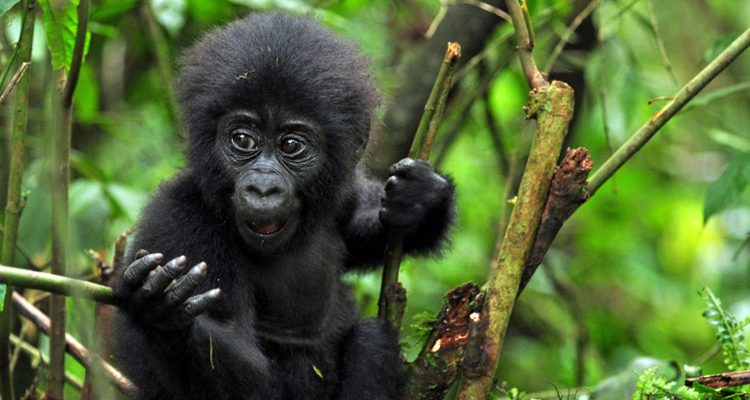
As you observe the animals up close, interacting with each other in their small familial groups. You’ll start to draw parallels between the gorillas and us – the similarities are often striking, and humbling.
It’s a full day affair, and returning to the lodge for dinner and a warm shower/bath will be much needed and well deserved!
When is the best time to go?
The gorilla habituation experience can be done year-round. Temperatures in Bwindi hover between 20 and 25 degrees Celsius throughout the year. The two dry seasons, from June to August. Also, from December to February, are the best times to visit – but you should be prepared for showers at any time of year.
The months of March to May typically see the most rains in Bwindi. Therefore where possible you should avoid these months. Although seeing the gorillas during the wet season offers some advantages for photographers. The rain clears the air of dust, making for clearer photos. Also, the rain and mist combines to create a certain moody, wilderness look. Also, feel of the national park – particularly compelling from your lodge veranda!
What to Pack
Waterproof hiking boots with good ankle support and grip. (to avoid any nasty blisters, ensure you have good walking socks and have worn them in before you depart).
Light, breathable, waterproof jackets and trousers, and long-sleeved shirts. Wearing long sleeves and trousers will protect you from insect bites and keep you warm if the weather turns.
Hat and sunglasses.
A lightweight backpack, with enough room for lunch. Also, reusable water bottle, extra layers, snacks. Do not forget some essentials like sun cream, insect repellent, after-sun, bite relief cream and lip balm.
Binoculars, so you can spot other wildlife such as birds and monkeys from a distance.
Camera with spare batteries and waterproof covering.
The Gorilla Habituation Experience in Bwindi Impenetrable Forest National Park.
The Gorilla Habituation Experience on a Uganda Safari
Where to stay
There are some fantastic accommodation options close to Bwindi where you can enjoy fabulous views of the mountains from locally-run lodges with traditional architecture.
On the more luxurious end of the spectrum, you have Volcanoes Bwindi Lodge and Clouds Mountain Gorilla Lodge. These lodges blend high-end modern amenities with elegant yet unshowy wood and stone architecture. Sanctuary Gorilla Forest Camp is another popular favorite.
Some less luxurious, but cheaper and still very good options include Buhoma Lodge, and Mahogany Springs Safari Lodge.
How to get to Bwindi Impenetrable National Park
Bwindi National Park is in the south-west of Uganda, and is fairly accessible by road or by air.
After arriving in Entebbe International Airport in central Uganda take a second flight to either Kisoro or Kihihi airstrips, both of which are located close to Bwindi. The flights run daily and take about 1.5 hours.
Alternatively, you can also reach the park by car from Entebbe in around 9 hours. Although this is a longer option, it is possible to break up the journey with visits to other amazing destinations like Queen Elizabeth National Park – an excellent safari spot – and Murchison Falls National Park that is separate by the Nile River.
Conclusion
In conclusion, gorilla habituation is a very good memorable experience one can have. You take 4 hours with these endangered primates. Get to notice very many similarities with humans. We highly recommend you to book one of the safaris below:






